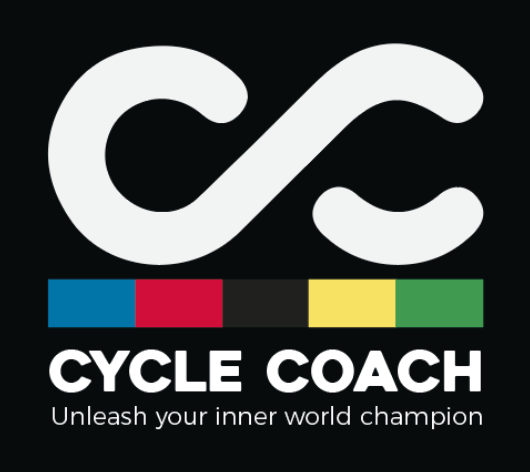What is CTL? A masters cyclist’s guide to Chronic Training Load
CTL (Chronic Training Load) is a rolling average of how much training you’ve done recently. It’s useful—up to a point. Chasing the number often backfires, especially for riders over 40 who balance work, family and recovery limits.
CTL in one minute
CTL is essentially your last ~6 weeks of training stress averaged (the exact maths uses an exponentially weighted model).
A higher CTL generally means you’ve handled more work recently.
CTL is not fitness on its own. Two riders with the same CTL can feel very different depending on sleep, strength, nutrition and life stress.
Pair it with how you feel
For masters, RPE (rate of perceived exertion) is gold. Use CTL to guide volume, but let RPE and simple freshness cues decide today’s effort. If Zone 2 feels like Zone 3, the number can wait. HRV and sleep can help, but don’t obsess—trend beats single days.
Safe ranges for 40+
There’s no magic number, but patterns help:
In-season maintenance (6–8 hrs/week): CTL 45–65 keeps you solid while allowing sharpness.
Build phase (8–10 hrs/week): CTL 60–80 suits many masters if recovery is consistent.
High-life-load weeks: Cap CTL drift; protect freshness. Add skills and strength instead of more stress.
If you’re routinely sore, grumpy, or sleep is cracking, your effective CTL ceiling is lower for now—honour it.
Raise CTL without frying yourself
Think slow climb, frequent plateaus.
Weekly change: Aim for +3–5 CTL across a block, not +10 in one go.
Every 3–4 weeks: Deload by trimming volume ~30–40% while keeping a touch of intensity.
Intensity cap: Two “hard” days per week is enough for most 40+ riders. The rest should be mostly Z2, with occasional tempo or MIET.
Strength stays in: Two short strength sessions keep tissues robust so you can hold volume without niggles.
Example weeks
8–10 hours (build block)
Mon: Off or 30 min mobility + easy spin
Tue: Over-unders 4×8 min (90–95% with 2×30 s @ 105–110% inside each)
Wed: Z2 90 min + 20 min low-cadence torque work
Thu: Strength 30–40 min (squat/hinge/carry)
Fri: Z2 60–75 min
Sat: Endurance 3–3.5 h with last 30 min steady
Sun: Z2 90–120 min (or skills/gravel)
5–6 hours (busy week)
Mon: Off
Tue: VO2 5×3 min (hard) with long easy recoveries
Wed: Z2 45–60 min
Thu: Strength 30 min (lighter)
Sat: Endurance 2.5–3 h, mostly Z2
Sun: Optional 45 min easy spin or family ride
Both weeks will nudge CTL up if you string them together, but they keep freshness first by limiting intensity.
When to ignore the number
You’re getting worse sleep and your easy rides feel unusually hard.
Niggles appear in the same spots (knee/achilles/low back).
Mood and motivation slide. That’s your body asking for a deload, not a bigger CTL.
Make CTL serve you
Use CTL as a speedometer, not a destination. Track the trend, pair it with RPE, and hold two hard sessions per week. Strength and decent fuelling do more for durable power than cramming another hour when you’re cooked.
Key takeaway: A steady CTL, built on mostly easy volume and protected by recovery, beats a spiky one every time—especially after 40.
Want the full framework? Download The 6 Pillars of Masters Performance—free guide to structure, recovery, strength, nutrition, consistency & durability.
